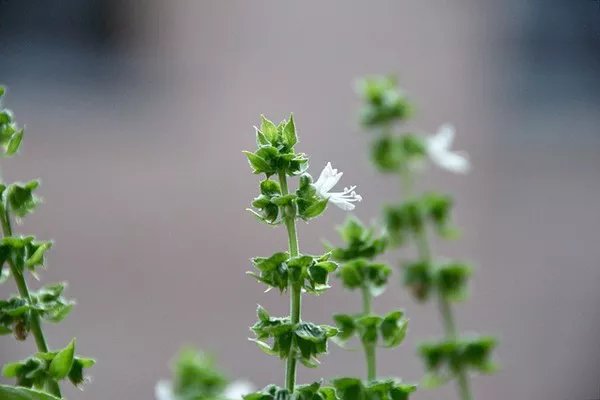Basil, an aromatic herb renowned for its culinary and medicinal properties, has long been a favorite among gardeners and chefs alike. As enthusiasts cultivate their herb gardens, one common question often arises: How big do basil plants get? In this article, we delve into the fascinating journey of basil plants, exploring their growth stages and factors influencing their size.
Understanding Basil Varieties
Before delving into the size aspect, it is crucial to recognize the diversity within the basil family. Basil comes in various varieties, each with its unique characteristics, flavors, and growth patterns. Common types include Sweet Basil, Genovese Basil, Thai Basil, Lemon Basil, and Purple Basil, among others. The size of basil plants can vary significantly based on the specific variety being cultivated.
From Seed to Seedling
The journey of a basil plant begins with the tiny yet potent basil seeds. These seeds are usually sown indoors or in a greenhouse, providing a controlled environment for optimal germination. Basil seeds require warmth and consistent moisture to sprout, and within a week or two, tiny seedlings emerge.
At this early stage, basil plants are delicate and quite small, typically measuring a few inches in height. The seedlings feature tender leaves and a fragile stem. It is essential to provide them with adequate sunlight, preferably 6-8 hours per day, to encourage robust growth.
Transplanting and the Early Growth Phase
Once the seedlings have developed a few sets of true leaves, they are ready for transplanting into larger containers or directly into the garden soil. During this phase, basil plants experience a growth spurt as their roots expand and foliage becomes more abundant.
The size of basil plants at this stage can range from 6 to 12 inches, depending on factors such as soil quality, sunlight, and watering practices. Adequate spacing between plants is crucial to allow for proper air circulation and prevent overcrowding, which can lead to disease.
Optimal Conditions for Growth
To maximize the growth potential of basil plants, it is essential to provide them with optimal growing conditions. Basil thrives in well-draining soil with a slightly acidic to neutral pH. Regular watering, allowing the soil to dry out between watering sessions, helps prevent issues like root rot.
Sunlight plays a pivotal role in determining the size and health of basil plants. These sun-loving herbs require ample sunlight to flourish. Growing basil in a location that receives at least 6 hours of direct sunlight per day fosters vigorous growth and robust flavors.
Maturation and Harvesting
As basil plants progress through their growth stages, they eventually reach maturity. The size of mature basil plants varies depending on the variety, but on average, they can range from 12 inches to 24 inches in height. The lush, vibrant foliage is a testament to the plant’s overall health and vitality.
Harvesting basil is a delicate process that involves snipping the leaves just above a pair of healthy leaves. Regular harvesting encourages bushier growth and prevents the plant from becoming leggy. Pruning also helps maintain the size of the basil plant and ensures a continuous supply of fresh leaves throughout the growing season.
See Also How To Grow Tomato Plants From Seeds
Factors Influencing Basil Plant Size
Several factors can influence the size of basil plants. Understanding these elements allows gardeners to optimize their cultivation practices for the best possible results.
Variety: Different basil varieties exhibit distinct growth habits and sizes. Some, like Thai Basil, tend to be more compact, while others, like Genovese Basil, may grow into larger, bushier plants.
Growing Conditions: Soil quality, sunlight, and water availability play crucial roles in determining the size of basil plants. Well-nourished soil with proper drainage, coupled with ample sunlight and consistent watering, contributes to robust growth.
Pruning and Harvesting: Regular pruning and harvesting not only enhance the flavor of basil leaves but also stimulate the plant to produce more foliage. Pruning encourages lateral branching, resulting in a fuller and more compact plant.
Container Size: Basil can be grown in containers, making it suitable for small spaces or indoor gardening. The size of the container can influence the ultimate size of the basil plant, with larger containers allowing for more expansive root systems and potential growth.
Conclusion
In conclusion, the size of basil plants is a dynamic and fascinating aspect of herb cultivation. From the humble beginnings of tiny seeds to the verdant beauty of a mature basil plant, the journey is influenced by various factors. Gardeners can harness their knowledge of basil varieties, optimal growing conditions, and proper cultivation practices to ensure the healthy and robust growth of this versatile herb. Whether adorning a windowsill, balcony, or garden bed, basil plants bring not only culinary delight but also a touch of green elegance to any space.


